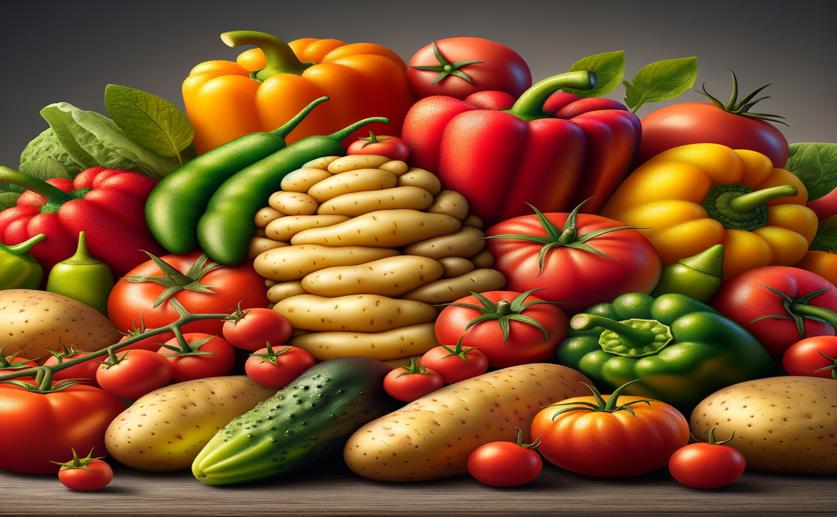
How Gene Swapping Helped Domesticate a Major Vegetable Family
Greg Howard
28th August, 2024

Image Source: Natural Science News, 2024
Key Findings
- The study analyzed whole-genome resequencing data from Brassica napus to understand the impact of homoeologous exchange (HE) on domestication
- Frequent HE events were found in Brassica napus, with the A genome more often replacing segments of the C genome
- HE events were linked to specific genomic regions and varied among populations, contributing to traits like flowering-time diversification and root tuber development
AgricultureGeneticsPlant Science
References
Main Study
1) Contribution of homoeologous exchange to domestication of polyploid Brassica.
Published 27th August, 2024
https://doi.org/10.1186/s13059-024-03370-z
Related Studies
2) The evolutionary significance of polyploidy.
3) Polyploidy and angiosperm diversification.



 17th August, 2024 | Jim Crocker
17th August, 2024 | Jim Crocker